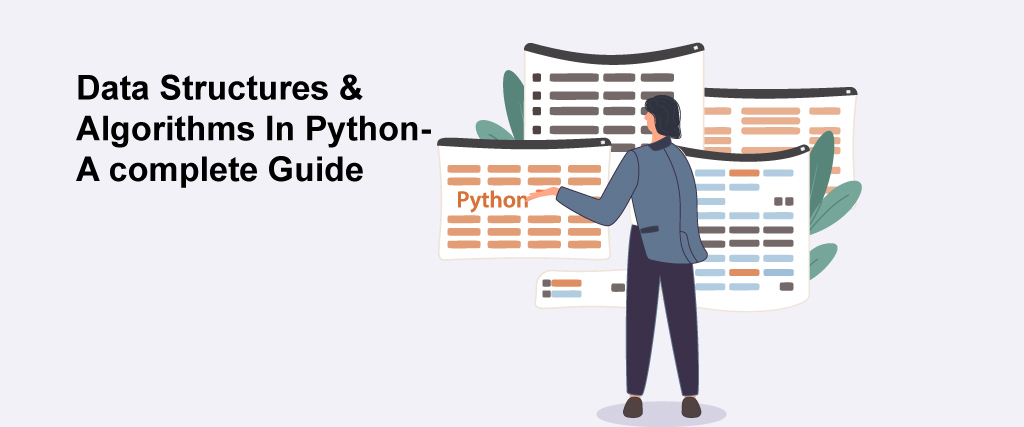Data structures and Algorithms: In Python, data structures and algorithms are two of the most basic notions in computer science.
For any programmer, they are essential tools.
In Python, data structures are used to organize and store data in memory while a programme is processing it.
Python algorithms, on the other hand, are a thorough set of instructions that aid in the processing of data for a certain purpose.
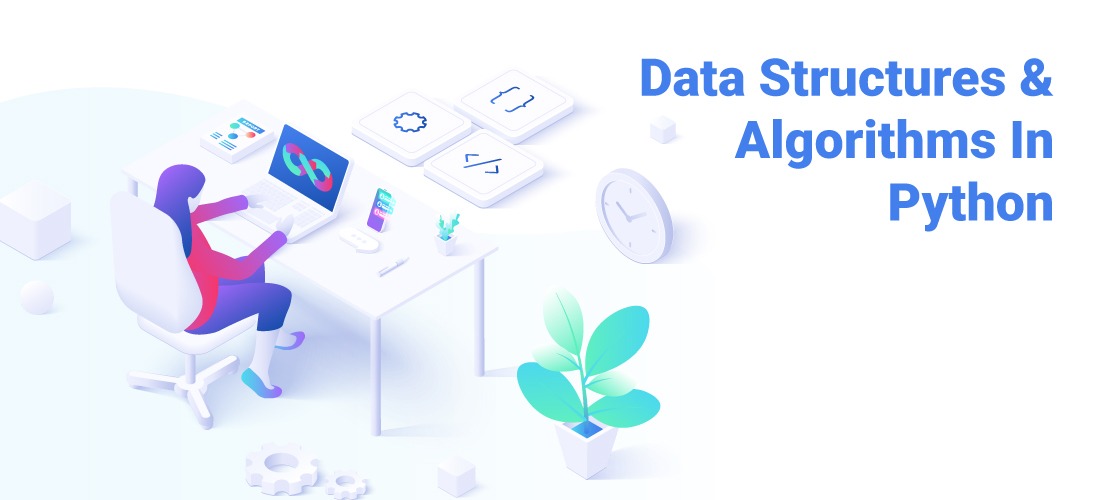
Data Structures and Algorithms – What are Python data structures?
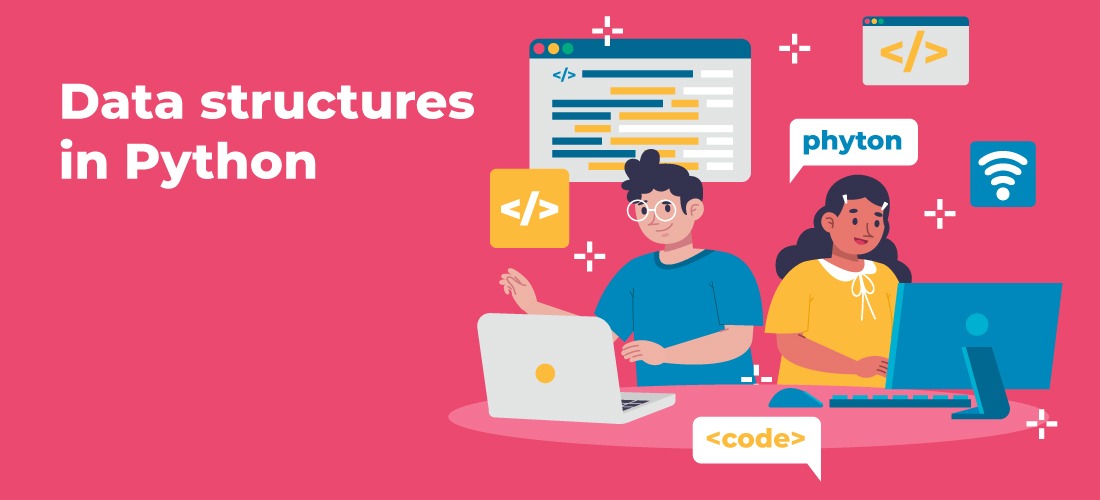
Data structures describe the link between data and the many logical operations that can be done on it.
Data structures can be categorized in a variety of ways. One way is to identify them as primitive or non-primitive data types.
Primitive Data Structures
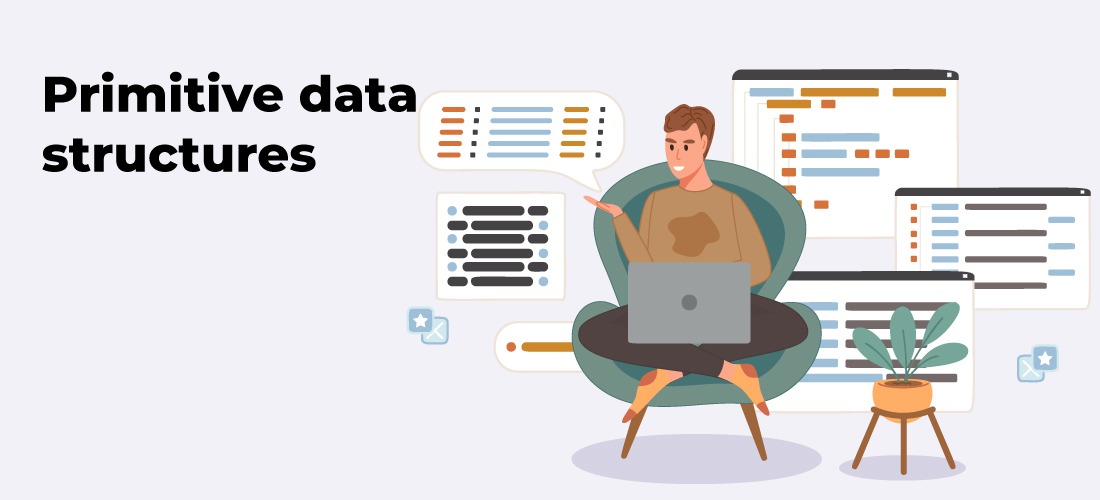
The most fundamental kind of data representation is primitive data structures.
They are data in their purest form. Python’s four primitive data types are:
● Integer
● Float
● String
● Boolean
Non-primitive data structures
Non-primitive data stores a collection or group of values rather than a single item.
Python includes the following non-primitive data types:
● List
● Tuples
● Dictionaries
● Sets
What are Python algorithms?
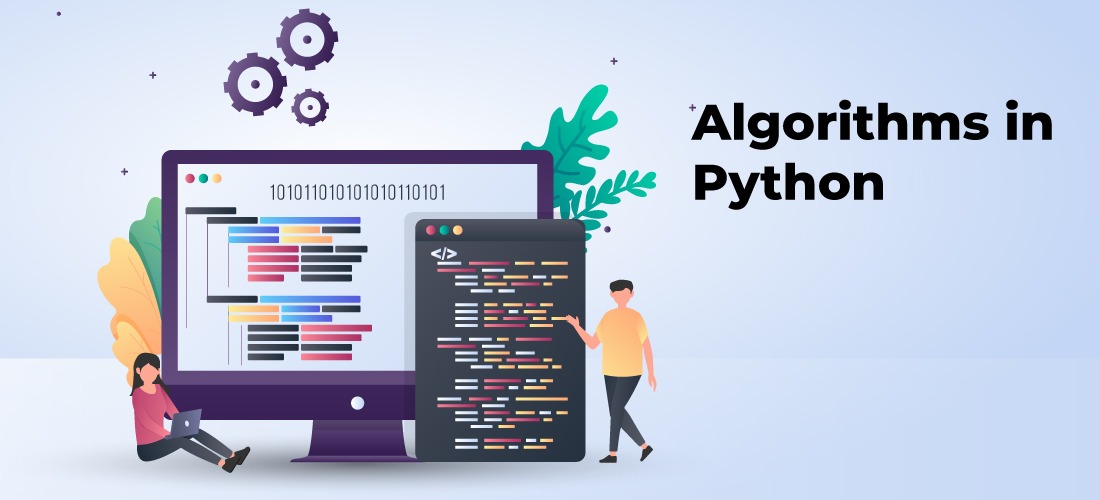
Algorithms in Python are a series of instructions that are run to find a solution to a problem.
Algorithms can be implemented in a variety of programming languages because they are not language-specific.
Algorithms aren’t written by following a set of rules.
They differ in terms of resources and problems, but they share several code elements, such as flow control (if-else) and loops (do, while, for).
We’ll go through Tree Traversal, Sorting, Searching, and Graph Algorithms in the sections below.
How should an algorithm be written?
There is no one-size-fits-all approach to writing an algorithm, just as there is no one-size-fits-all approach to parenting or roasting a turkey.
However, there are fantastic ways to accomplish all three.
Simply, writing an algorithm has no hard and fast rules.
The next steps in the sequence, on the other hand, are commonly chosen by most programmers.
When writing an algorithm, you must take the following steps:
● Step-1: Define the problem
● Step-2: Decide where to start
● Step-3: Decide where to stop
● Step-4: Take care of intermediate steps
● Step-5: Review and revise
Algorithm Analysis
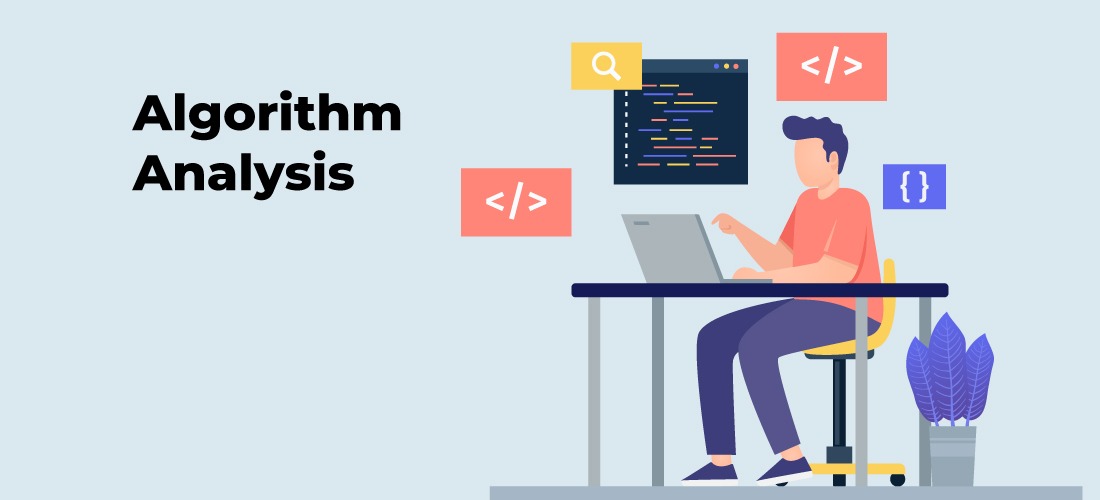
Algorithms aid in the simple and innovative solution of problems. Of course, there are several answers to a problem, but not all of them are effective.
So, how can we know which solution is the most effective for that issue? Measuring the execution time is one method.
We can put the solution into action by writing a computer program in our preferred programming language.
The amount of data processed determines how long an algorithm takes to execute.
The execution time increases as the size of the data grow. Second, execution times differ based on the hardware used.
The programme execution time varies while using a multi-processor multi-user system.
Finally, the programming language and compiler used to build an algorithm affect its execution time.
Certain compilers are just better at optimizing than others, and some languages produce more optimized code.
Conclusion
Data structures all store a set of values, but they are organized and handled differently.
The data structure that is used is determined by the problem at hand. Certain data architectures are more effective than others. ‘
With repetition and familiarity, the procedure becomes second nature.
Read More: DEEP MIND IS DEVELOPING ONE ALGORITHM FOR ALL: UNIFYING DEEP LEARNING AND EMULATION


